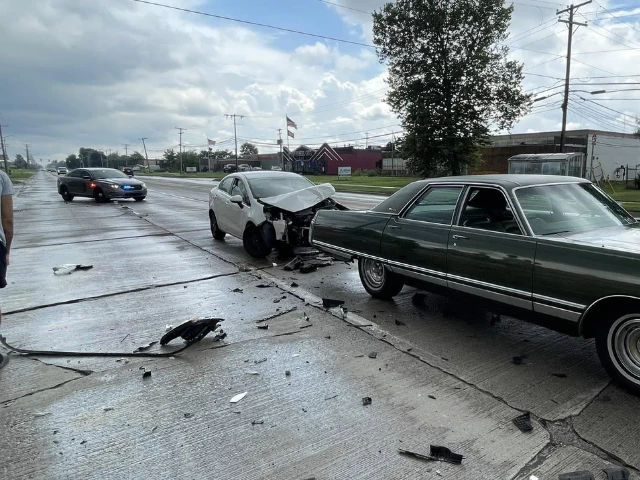A recent crash involving a 1973 Chrysler New Yorker has ignited an online debate over car safety standards then and now.
The Michigan-based owner shared that the vintage vehicle sustained minimal damage after being rear-ended by a modern car—drawing viral attention to the collision and prompting thousands to weigh in on whether older or newer vehicles are safer.
Many classic car enthusiasts praised the Chrysler’s heavy steel frame, calling it a testament to the durability of older models.
However, automotive safety experts pushed back, pointing out that modern vehicles are designed to crumple on impact. These crumple zones absorb collision energy, reducing the force transmitted to occupants—ultimately saving lives even if the vehicle appears more damaged.
The amount of people who think this is a good sign is concerning. Y’all realize its the driver who absorbs the crash if the car doesn’t😭 https://t.co/JW385eNwoj
— kira 👾 (@kirawontmiss) July 17, 2025
One of the biggest midwit litmus tests for people is whether they understand that a car not taking visible damage in a crash is actually a bad thing https://t.co/0ZYxewfmtG
— Rock solid (@ShitpostRock) July 17, 2025
Critics of the older vehicle noted the lack of key safety features like airbags, anti-lock brakes, and reinforced cabin structures. While the 1973 Chrysler may have fared well externally, experts emphasized that passenger safety in high-speed collisions would likely be much lower compared to today’s standards.
The incident underscores the evolution in automotive engineering, which has shifted from preserving the car itself to prioritizing passenger protection. As viral discussions continue, safety professionals urge the public to understand that vehicle damage does not equate to poor performance—modern cars are designed to protect what matters most: the people inside.
